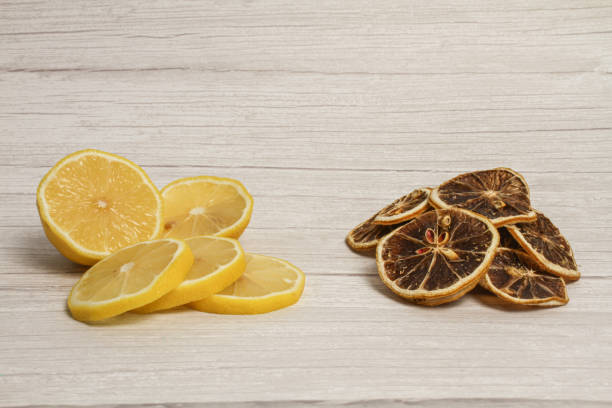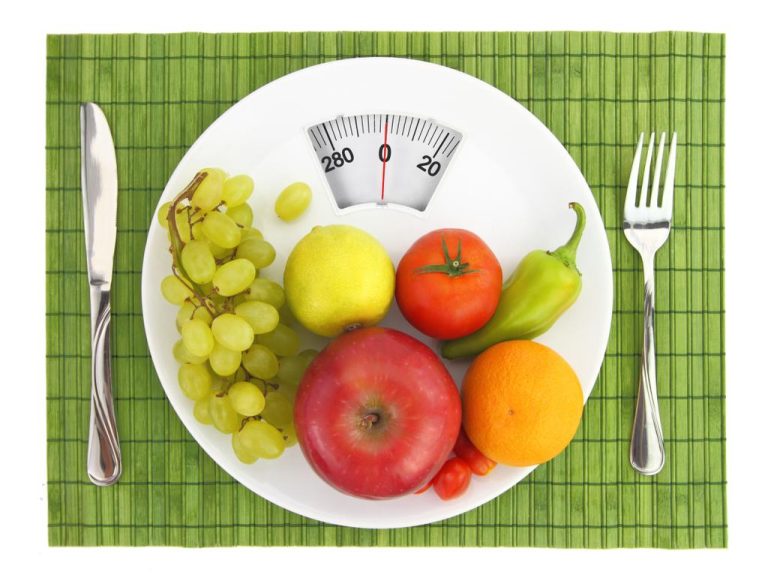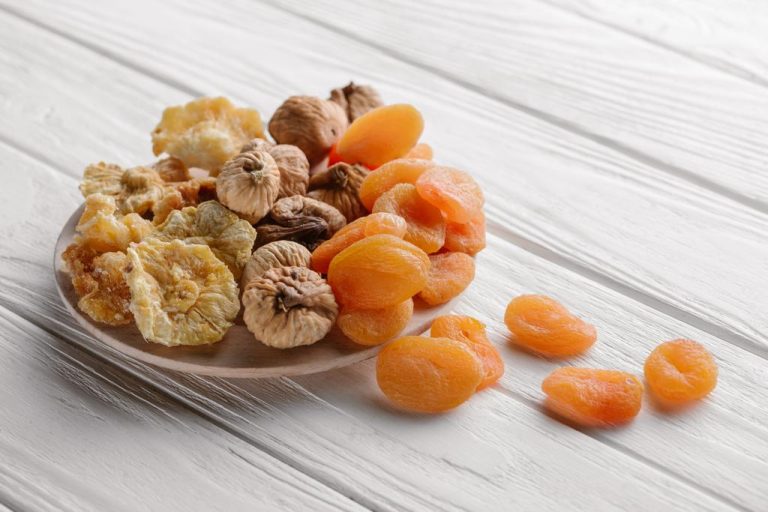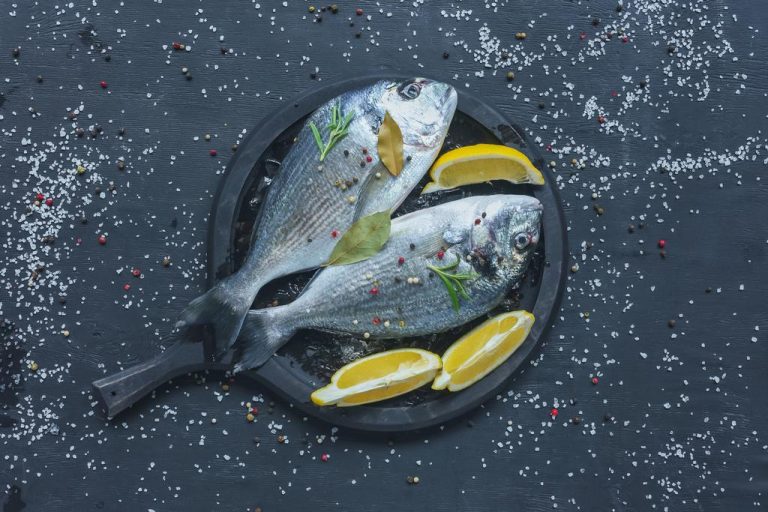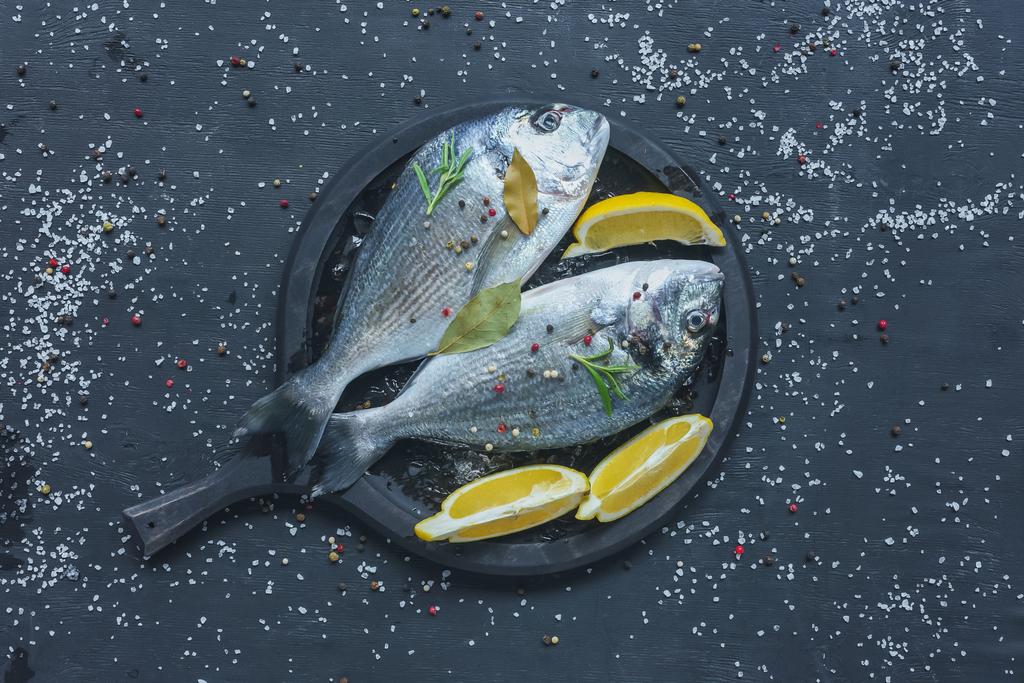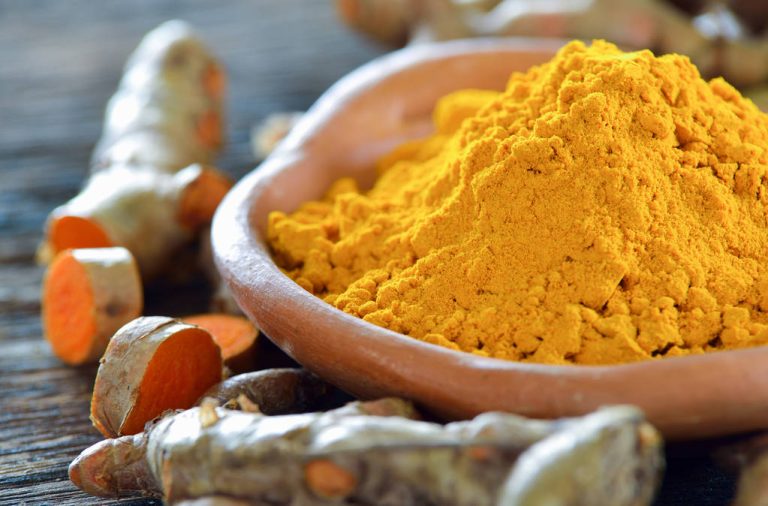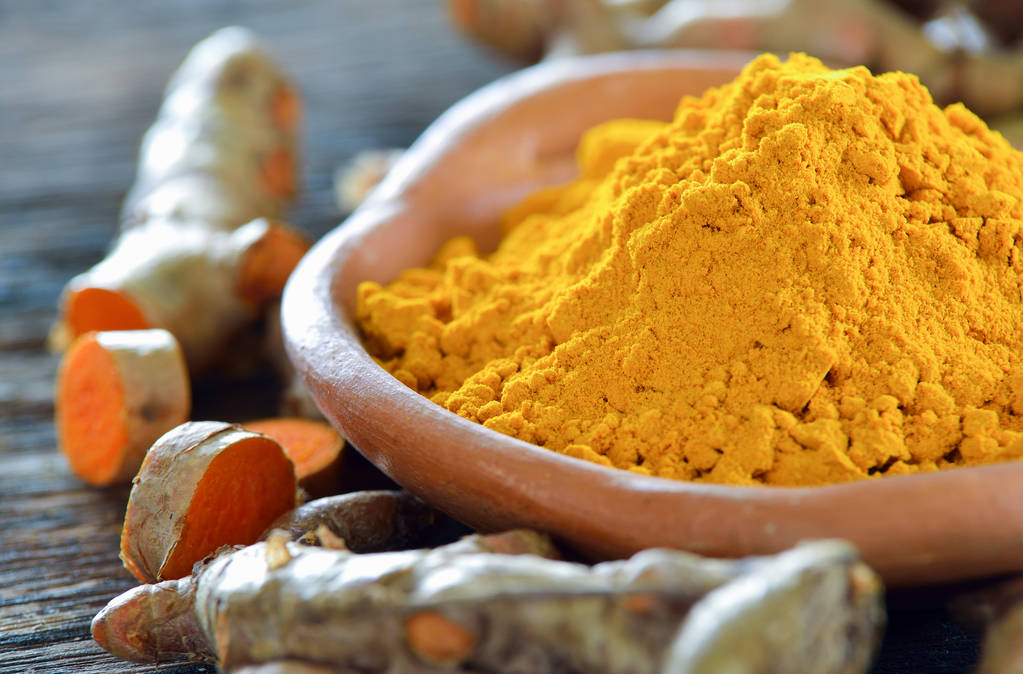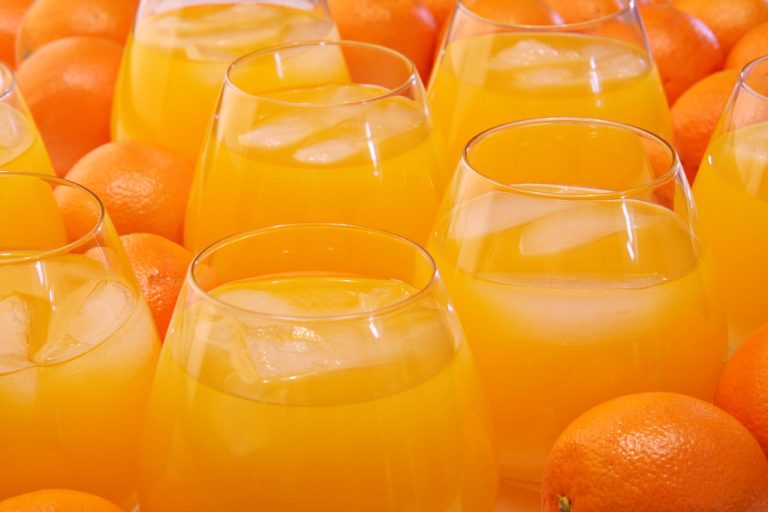Buttermilk is a natural route to health, wellness, and beauty. It is particularly inexpensive and nutritious. Their effects on health and beauty are undisputed.
Beauty products from drugstores and online retailers are in demand and make up a huge market. However, it is often overlooked that nature already gives us enough things that are healthy and increase our well-being. One of them is buttermilk, which works wonders for the skin both as a drink and as a cosmetic.
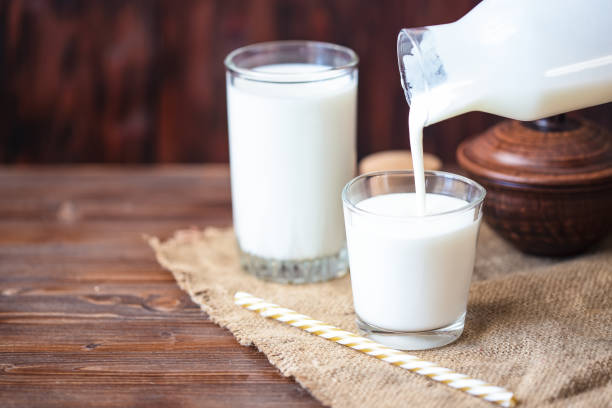
What is buttermilk?
When butter is made, there is always a certain amount of liquid left over. Only lactic acid bacteria are added to this to create buttermilk. The end product is therefore purely natural and does not contain any artificial additives. Like whey, buttermilk is a by-product of milk production and was formerly used to feed livestock. Today, both are considered wellness products and are very popular with everyone who wants to eat healthily and consciously. In addition, note useful information about margarine and its use.
A big sip of health
The main purpose of buttermilk is, of course, to be both a healthy and tasty beverage. It has a hearty refreshing effect and is, therefore, a good remedy against the heat, especially in the warm season. It comes with just 1% fat content and can therefore be consumed in larger quantities and processed for other foods.
Buttermilk gets its healthy effect mainly from its whey proteins. These are biologically very important and can be utilized very well by the body. Because they are used to produce the body’s own vital protein. This helps to keep the body’s functions intact and to stimulate the metabolism. So overall, it’s the mix of low calories and high whey protein content that makes internal buttermilk so healthy and natural beauty from within.
A blessing for the skin
The milk of the butter also has a very beneficial effect on the skin. It can be used purely as a bath additive or directly on the skin, where it is successful against small wounds and sunburn, for example, and makes the skin softer and more supple overall. It is particularly recommended for dry skin, as it is slightly greasy and does not dry out the skin. Also, check out our other beauty-related articles.
Buttermilk scrub

Because of its whey proteins, buttermilk can also be used as a light peeling for healthy and firm skin. It is best to add 2-3 liters of milk to the warm bath water. Alternatively, for a better peeling effect, you can also mix one or two teaspoons of coarse sea salt with a bottle of buttermilk and then apply this mixture directly to the skin with circular movements. This removes smaller skin cells and cares for the skin. If you have dry skin, you should add a teaspoon of vegetable oil (e.g. olive) to the mixture so that the skin gets a good moisturizing effect. You should generally consider this if you want to make peelings yourself.


